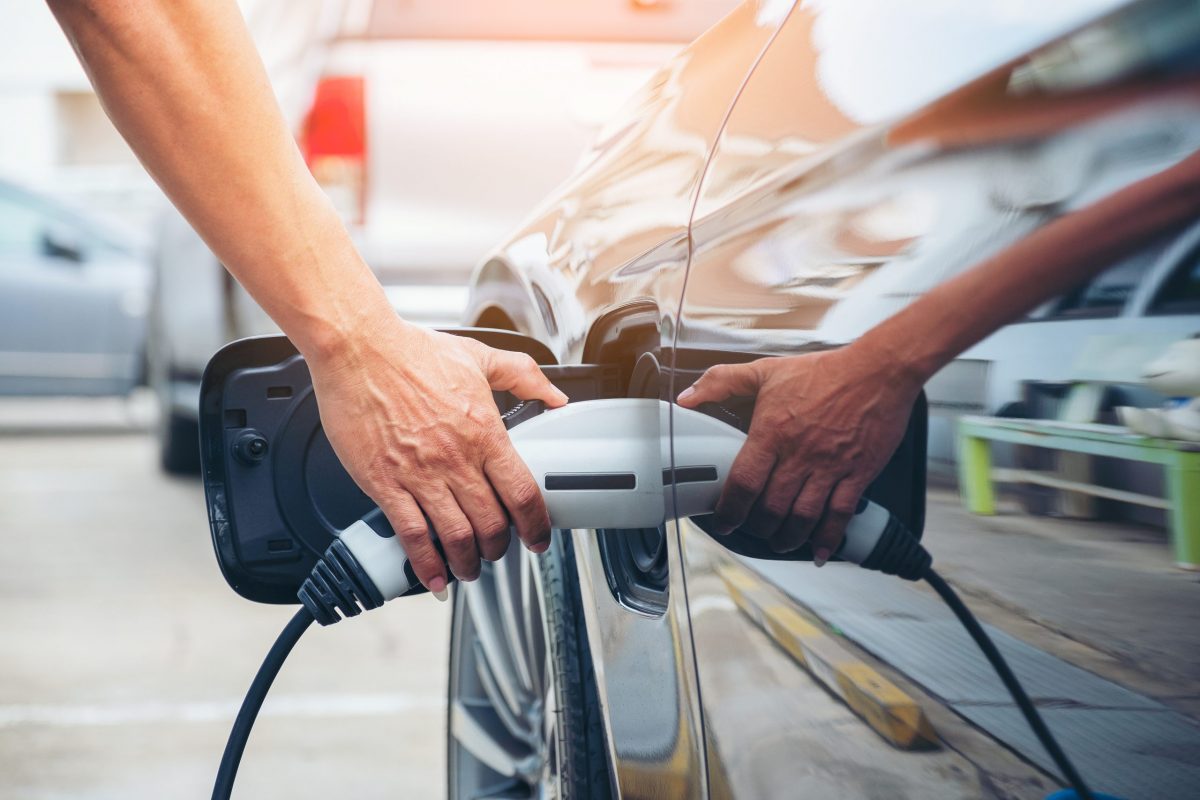Electric vehicle (EV) batteries have attracted considerable R&D attention over the years as researchers attempt to improve efficiency, safety and cost. While most players are focussing on battery chemistry, others are coming at it from a physics perspective. The basic architecture of EV batteries has not changed significantly over the past three decades and consists of a 2D multilayer structure not unlike a sandwich, with two electrodes, a separator and electrolytes. But change is afoot.
Israeli start-up Addionics has developed a scalable 3D metal structure and fabrication method that minimises internal resistance and improves some of the traditional limitations around a battery’s mechanical longevity, thermal stability and degradation. Importantly, it can work with any existing or emerging battery chemistry. As Chief Executive and Co-Founder Moshiel Biton explains, Addionics is supporting the wider move towards electrification, in whatever guise its chemistry comes.
It’s time to log in (or subscribe).
Not a member? Subscribe now and let us help you understand the future of mobility.
Scroll
News
Magazine
Articles
Special Reports
Research
OEM Tracker
OEM Model Plans
OEM Production Data
OEM Sales Data
1 user
- News
- yes
- Magazine
- yes
- Articles
- yes
- Special Reports
- yes
- Research
- no
- OEM Tracker
- no
- OEM Model Plans
- no
- OEM Production Data
- no
- OEM Sales Data
- no
1 user
- News
- yes
- Magazine
- yes
- Articles
- yes
- Special Reports
- yes
- Research
- yes
- OEM Tracker
- yes
- OEM Model Plans
- yes
- OEM Production Data
- yes
- OEM Sales Data
- yes
Up to 5 users
- News
- yes
- Magazine
- yes
- Articles
- yes
- Special Reports
- yes
- Research
- yes
- OEM Tracker
- yes
- OEM Model Plans
- yes
- OEM Production Data
- yes
- OEM Sales Data
- yes
- News
- yes
- Magazine
- yes
- Articles
- yes
- Special Reports
- yes
- Research
- yes
- OEM Tracker
- yes
- OEM Model Plans
- yes
- OEM Production Data
- yes
- OEM Sales Data
- yes



